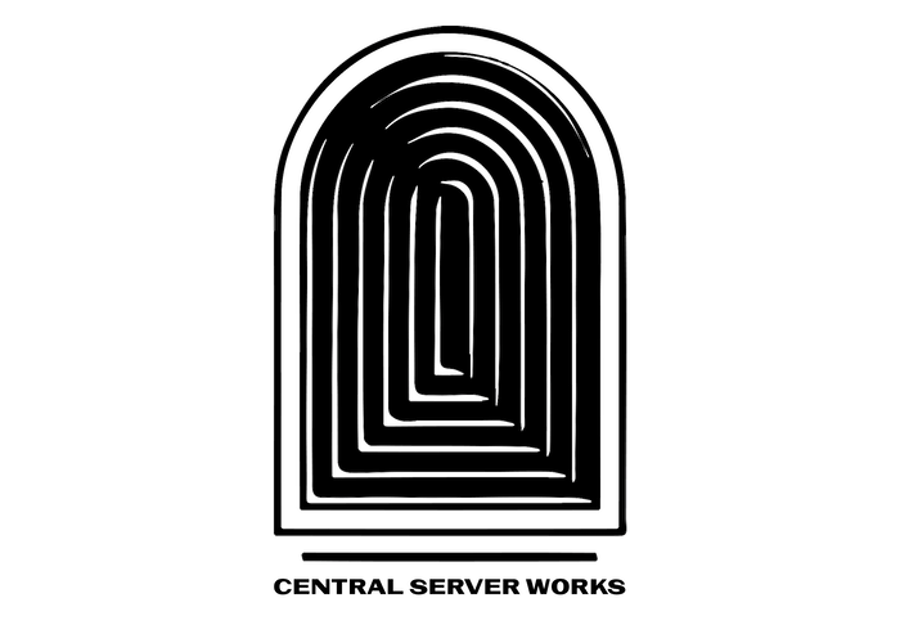Still Life in Motion is a meditative video work that explores how we perceive, fragment, and reassemble experience through image, sound, and language. Combining an excerpt of a spoken poetry piece, a modular synthesizer score, a deep meditation , and recontextualized footage from the Prelinger Archives, the piece reflects on the surreal qualities of urban life and memory. Developed in response to recent exhibitions by Hubert Schmalix, Key Hiraga, and Sawako Goda, the work considers how visual phenomena can unsettle our assumptions, asking us to linger in the spaces between recognition and ambiguity. The accompanying still images serve as residual impressions—echoes of what resists being fully understood.
Still Life in Motion, 2025
Single-channel digital video with found footage sourced from the Prelinger Archives.
Duration: 2 minutes 33 seconds
Still Life in Motion
after Schmalix, Hiraga, and Goda
Time flies, says the man in the green seat —
not to me, not to anyone.
He’s just remembering Paris.
He calls it a drunken dream,
as if chronology had been dissolved in red wine
and spilled onto the canvas of his commute.
I watch the train blur through a suburb of bent limbs and
tulips too bold to be real.
Every figure outside feels painted—
flat planes of cobalt, ochre, ultramarine.
They don’t move, but they are not still.
A billboard sighs: TRAGIC FATE,
as if fate could be advertised.
I wonder if Schmalix ever missed a train
just to study the landscape’s refusal to explain itself.
Inside the car, everyone is a different flower:
closed, opening, wilting, reimagining themselves
as part of a still life that keeps changing its mind.
The man with the mustache is humming again.
His tie is a roadmap. His hands draw invisible women in the air.
He could be Mr. H. or someone playing him—
a gesture in a suit, a cartoon thought.
He sketches fish in the fog of the window,
laughs to himself, and adjusts nothing.
There’s a woman reading a book with no words.
She turns no pages.
She holds the silence like a delicate electric appliance,
useless, elegant, and built from memory.
I think she might be one of Goda’s women—
assembled from war-worn streets and rainy afternoons,
wires blooming from her chest like flowers.
The light outside has shifted.
It’s the kind of light that remembers things.
It smells like plaster and mothballs,
and it folds the horizon inward like a letter never sent.
The child across from me draws a circle in the condensation.
It becomes an eye.
Then a moon.
Then something else entirely.
In the right kind of seeing, everything becomes everything else.
The map in my pocket leads nowhere new,
but the ink smells like peach skin and solvents.
It makes me believe I’ve been here before—
on a train between exhibitions,
between figures who won’t look back.
A sign painted by hand reads WE’RE STILL HERE.
I take it as a message from the flowers,
or maybe from the ghosts in Goda’s appliances.
The train slows for a station no one claims.
A man steps off like a brushstroke.
Incomplete. Essential.
The way to hold on is afterwords
so
clear.
The way to hold on is to let figuration blur just enough to become feeling.
The way to hold on is to admit that
even our most elegant distortions are still trying to tell the truth.
This text, Still Life in Motion, was written as a final reflection on our visits to recent exhibitions by Hubert Schmalix (Flower, Figure, Landscape at Philip Martin Gallery), Key Hiraga (The Elegant Life of Mr. H. at Nonaka-Hill), and Sawako Goda (The Story of the Eye at Nonaka-Hill). Rather than offering traditional critique, I chose to respond in a poetic form that mirrors the language of these artists — blending flattened perspective, surreal figuration, dream logic, and emotional ambiguity. Schmalix’s allegorical figures and radiant color fields suggested a world paused between narrative and image, while Hiraga’s absurdist, erotic compositions — shaped by his time in Paris — evoked a surreal, disjointed social theatre. Goda’s delicate, memory-soaked works, some formed from postwar detritus, introduced a quieter intimacy and atmosphere of introspection. I wanted the text to feel like a ride through those exhibitions — a moving still life where time bends, where past and present figures glance across the aisle, and where the viewer, like the passenger, is never entirely sure whether they're leaving or arriving.
